Wednesday Wicker Wisdom
Here’s a very fascinating, inside look at a Lloyd Loom wicker manufacturing furniture process that has intrigued me for years called, “The making of Lloyd Loom by Vincent Sheppard.”
Lloyd Loom weaving process
In the following Lloyd Loom YouTube video, we get to see how the paper fibre strands are currently made, then how the strands are woven on the loom to create the wicker fabric “sheets,” and finally applied to the aluminum frameworks by the craftsmen and then painted.
The video was filmed in Hungary, and the narration is in Dutch with no English translation. However, the video is so engaging that it’s not a problem to follow along and do your own translation. Enjoy!

Where was the Lloyd Loom invented?
Are you aware that the Lloyd Loom process of manufacturing antique wicker furniture originated in the United States in 1917 with the invention of the Lloyd Loom?
In the early 1900s, manufacturers sought a way to reduce the need for labor workers and mechanize parts of the production process.
So, with the invention of the Lloyd Loom machine, wicker furniture could be produced quickly and accurately without the heavy reliance on physical workers and their high cost of labor.
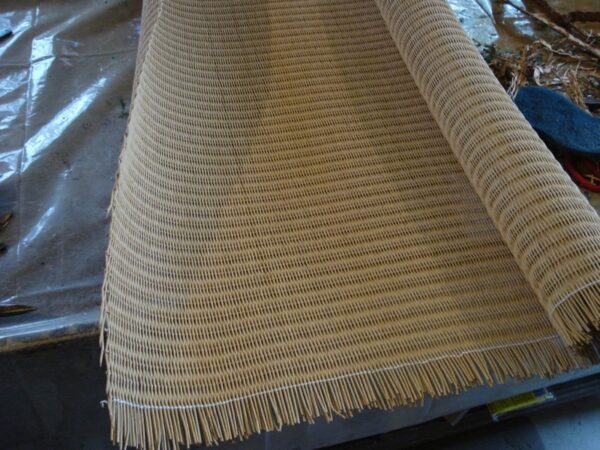
RELATED: Purchase Lloyd Loom fabric sheets
Fine strands of paper fibre are woven together on a large mechanical loom to form a sheet or fabric.
Then the material can be draped over an aluminum or wooden frame, glued and stapled, and a final paper wicker braid covers the tacks or staples.
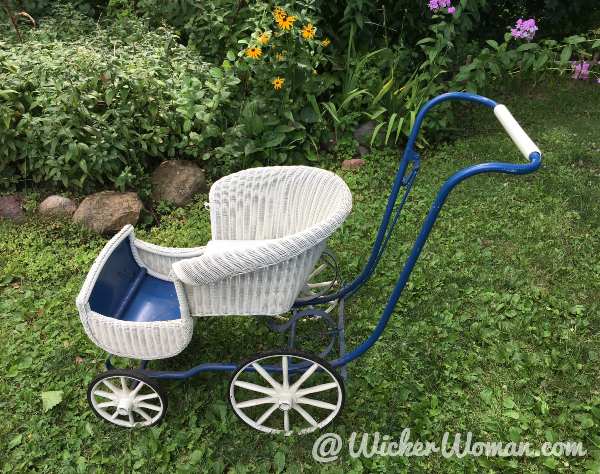
I’ve written an entire article on the Lloyd Loom wicker furniture manufacturing process, where you can get further information, just click here, “What is Paper Fibre Rush and Paper Wicker?“
I’ve been fortunate to repair and restore couches, baby and doll buggies, go-karts, lamps, tables, and planters.
How about you? Do you have any of these wonderful Lloyd Loom wicker furniture pieces?
Or if you are a wicker restoration specialist, have you repaired any of these Lloyd Loom wicker furniture pieces yourself?

What are your thoughts about this blog post?
Leave your comments below and share with your social networks!
~~Live Well, Laugh Often, Love Much ~~
Happy Weaving, until next time!


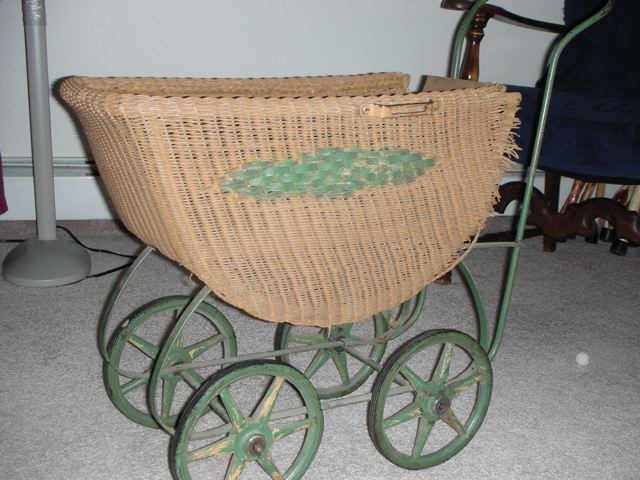

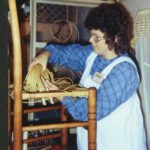
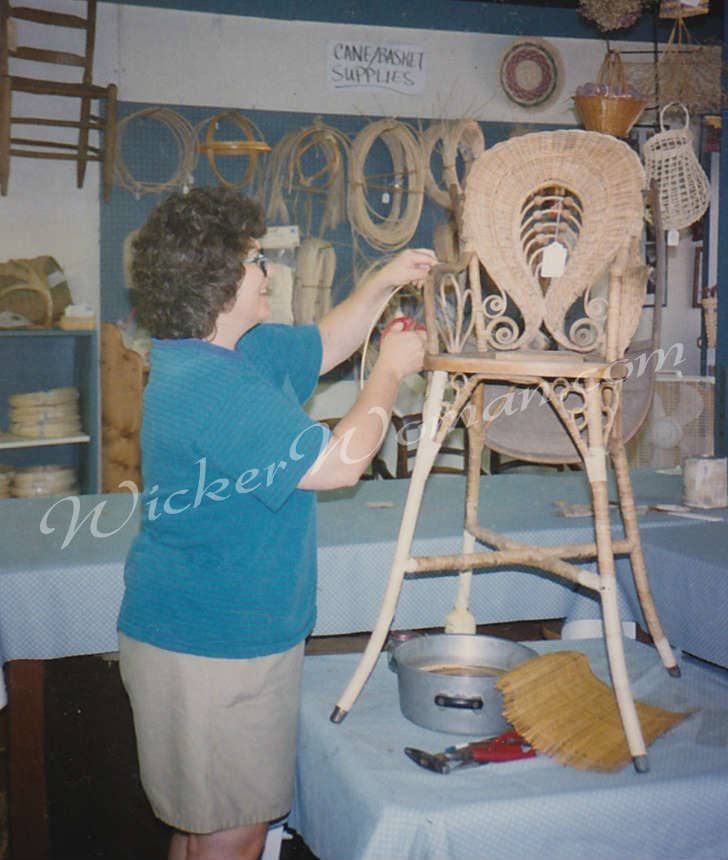
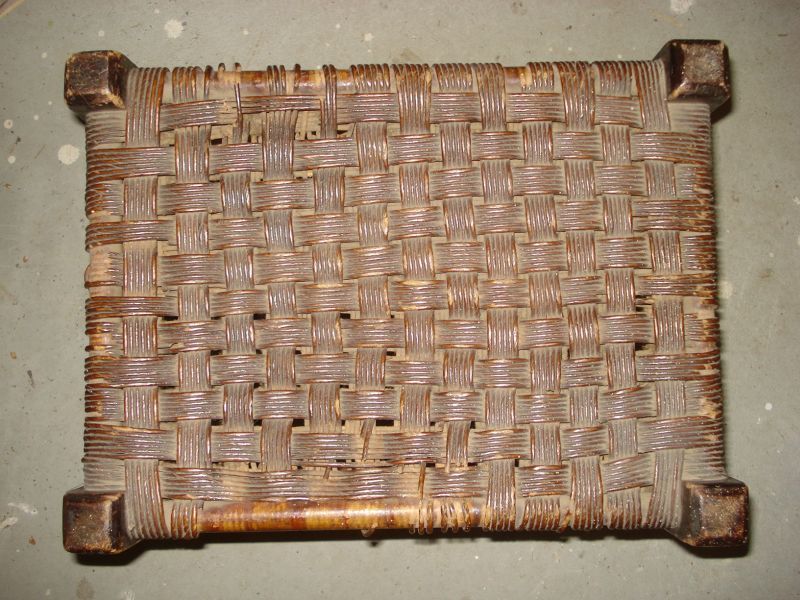
Hi
What type of paint would you recommend for a lloyd loom chair. I have a natural chair so it only has varnish on it.
Hi Angela,
To my knowledge, Lloyd Loom chairs were always painted from the factory, are you certain what you have is Lloyd Loom from the 1920s-1940s? Regardless, if the piece has varnish and it’s all intact, not chipping or peeling, then applying oil base paint would be fine. You might want to sand it a bit anyway, just to make sure you get good adhesion. Latex or water-base might be a bit tricky and I would ask a reputable paint store what they suggest, just to be on the safe side. This page on Painting Your Wicker Furniture might shed some more light on your project. Hope it helps!
Hi Cathryn,
I am trying to learn more about a beautiful Lloyd Loom table that I inherited. Do you have any suggestions and resources for me? thank you
Wendy
Hi Wendy,
Congratulations on your wonderful find, is the wicker table in good shape? Have you seen this blog post on my website that shows how the Lloyd Loom fabric sheets are made?
There are several books on the market that you can learn all about the Lloyd Loom table you have, too.
Here’s one book you might like, American Wicker by Rizzoli, but check out all that are available on the Wicker FAQ page and my Amazon Store, too.
Also, be sure to check your local library if you are not ready to buy books to add to your personal reference library. You can always request an inter-library loan if your library doesn’t have it in stock at the time you visit.
Hope this helps!
Is there any repair done on Lloyd loom rockers?
I have two in need of weave repair so I can clean paint and reupholstery
Hi Maggie,
The answer to your question about making Lloyd Loom wicker repairs has both good and bad news. Until only about 15 years ago, when the Lloyd Loom sheeting became available, repair experts had to make the repairs or “patches” using individual strands of tiny spaghetti sized paper rush. This method of repairing the wicker was tedious and also left the patched ends or joins sticking out on the backs of the furniture. So this was doable, but not the best.
Now that we have the Lloyd Loom sheeting available it’s much easier to replace the whole back or underarm sections, rather than putting in the individual patched strands. But the downside of the sheeting material is that it’s not very wide, so can be tricky to use and get good results when I wide span is called for. Length is not a problem, but the width is only 36-40 inches or so, I believe. I have been very successful at replacing the wicker on several small child’s rockers, they went together beautifully!
Please check with the Chair Caning and Wicker Repair Experts on my National Furniture Repair Directory™ to see if there’s someone near you that can make the necessary repairs. Links are at the top of every page in the navigation area, too. And be sure to mention that you found them through their ad on WickerWoman.com! Thanks!